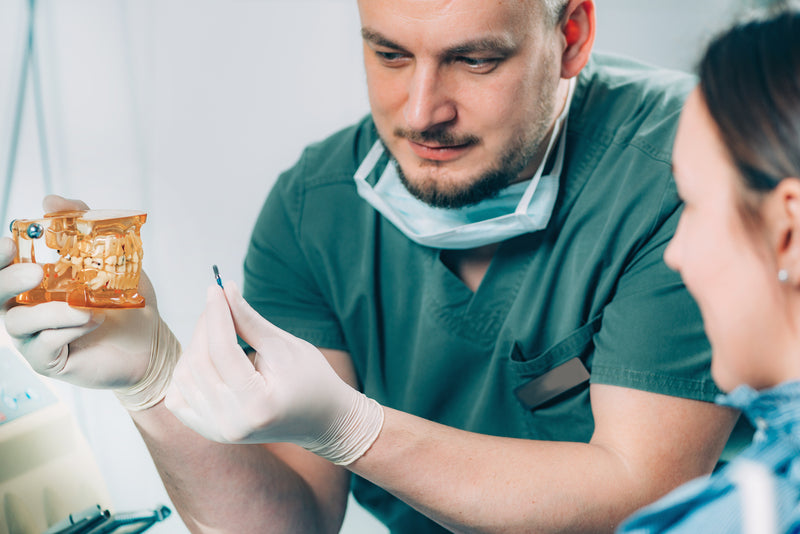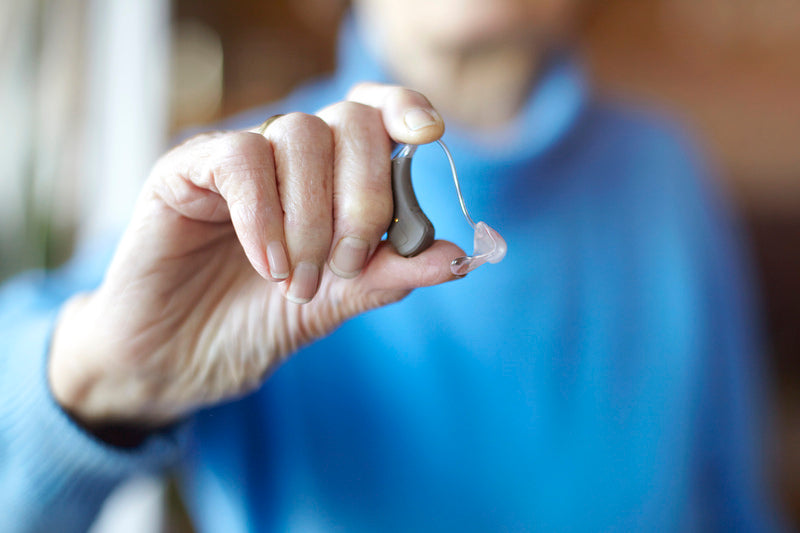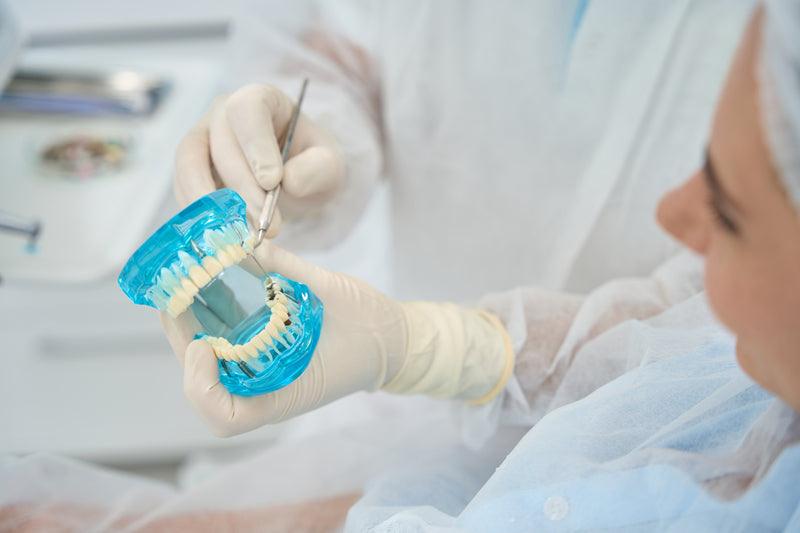Top 5 Effective Teeth Whitening Techniques
A bright, confident smile can do wonders for one's self-esteem and overall appearance. Teeth whitening has become a popular cosmetic dental procedure sought by individuals looking to enhance the color of their teeth. With numerous teeth whitening techniques available, it can be overwhelming to determine which ones are truly effective.
Related Topics (Sponsored Ads):
In this article, we will explore the top five proven and safe teeth whitening techniques that can help you achieve a dazzling smile.
Professional In-Office Teeth Whitening
Professional in-office teeth whitening is one of the most effective and fastest ways to achieve noticeable results. This procedure involves visiting a qualified dentist who uses high-concentration bleaching agents, such as hydrogen peroxide or carbamide peroxide, to whiten the teeth. The process usually takes about 60 to 90 minutes, and the results can be seen immediately. Dentists can customize the treatment based on individual needs, ensuring a safe and effective outcome.
Advantages:
Rapid and visible results
Professional supervision and care
Tailored treatment for specific stains or discolorations

At-Home Teeth Whitening Kits
At-home teeth whitening kits offer convenience and effectiveness, making them a popular choice among individuals seeking a more budget-friendly option. These kits often include custom-fitted trays or strips containing a lower concentration of bleaching agents, which users apply at home for a specified duration. While the results may take longer to become noticeable compared to professional treatments, at-home kits can still produce significant improvements in tooth color.
Advantages:
Cost-effective compared to in-office procedures
Comfortable and easy to use
Gradual, steady whitening process
Teeth Whitening Toothpaste
Teeth whitening toothpaste is a simple and widely available option for maintaining a bright smile. These toothpaste products contain mild abrasives or special chemicals that help remove surface stains and restore the teeth's natural whiteness. However, they do not contain bleaching agents, so their effectiveness in whitening teeth is limited to surface-level stains.
Advantages:
Easy to incorporate into daily oral hygiene routine
Prevents new surface stains from forming
Suitable for maintaining previous teeth whitening results
Whitening Strips
Whitening strips are another at-home teeth whitening option that has gained popularity due to their ease of use and effectiveness. These thin, flexible strips are coated with a whitening gel containing hydrogen peroxide or carbamide peroxide. Users apply the strips to their teeth and leave them on for a designated time, typically once or twice a day. Over a few weeks, the strips can noticeably brighten teeth.
Advantages:
Simple application and minimal mess
Effective for treating surface stains
Allows for gradual whitening at home
Charcoal Teeth Whitening
Charcoal teeth whitening has gained attention in recent years as a natural alternative to traditional methods. Activated charcoal, often derived from coconut shells, is believed to absorb surface stains and toxins, thereby improving tooth color. Users can find charcoal toothpaste, powder, or even charcoal-infused toothbrushes for this purpose. However, the scientific evidence supporting charcoal's efficacy is limited, and overuse may lead to enamel damage.
Advantages:
Natural and chemical-free option
May help with mild surface stains
Easily accessible and affordable
Conclusion
Achieving a bright and radiant smile is attainable through various teeth whitening techniques. While professional in-office treatments and at-home kits with bleaching agents offer the most significant results, maintaining good oral hygiene and using teeth whitening toothpaste or strips can help prolong the effects. It's essential to consult with a dentist before starting any teeth whitening regimen to ensure it's safe for your individual dental health. Remember, a healthy smile is not only beautiful but also reflects good oral care practices.




